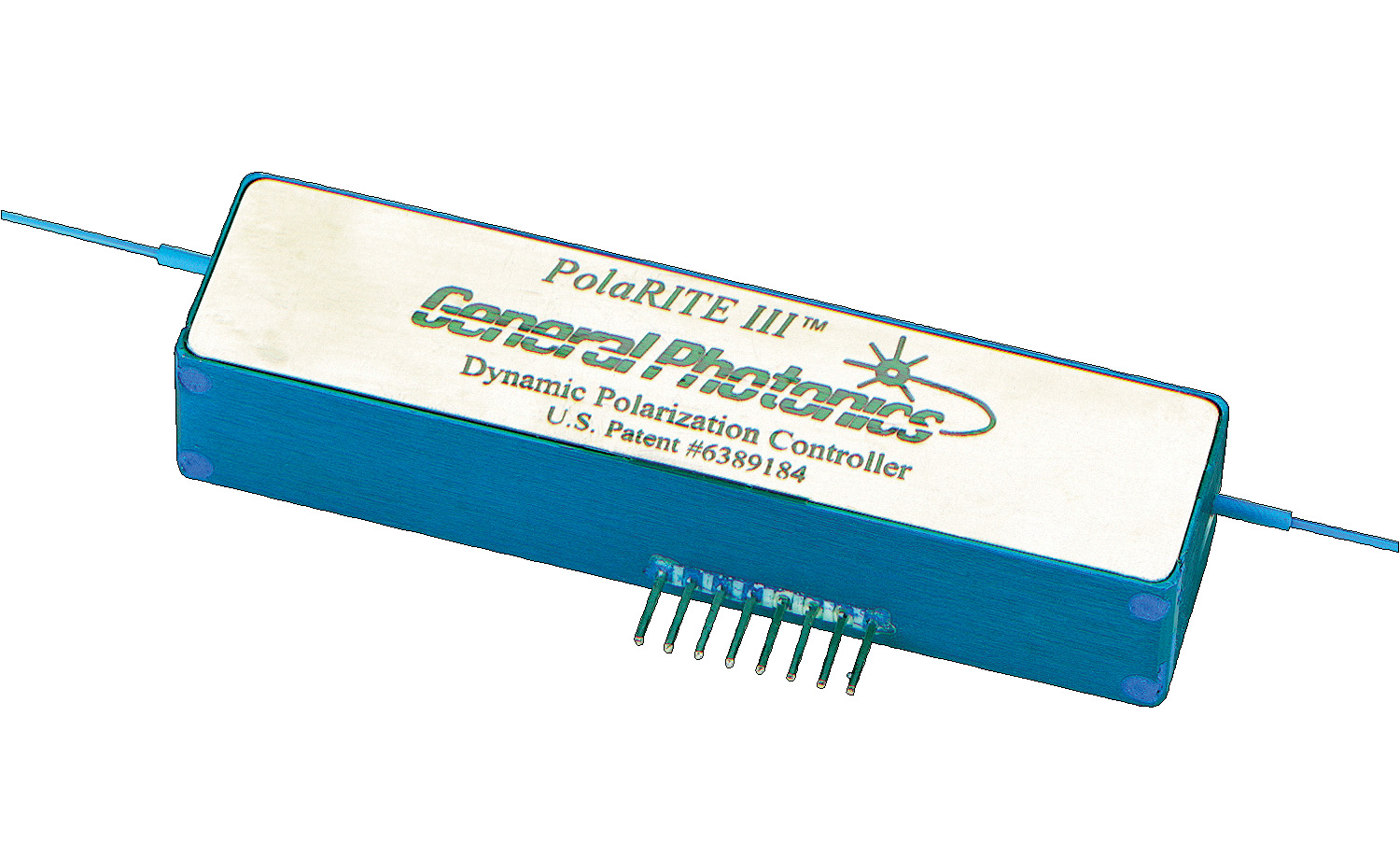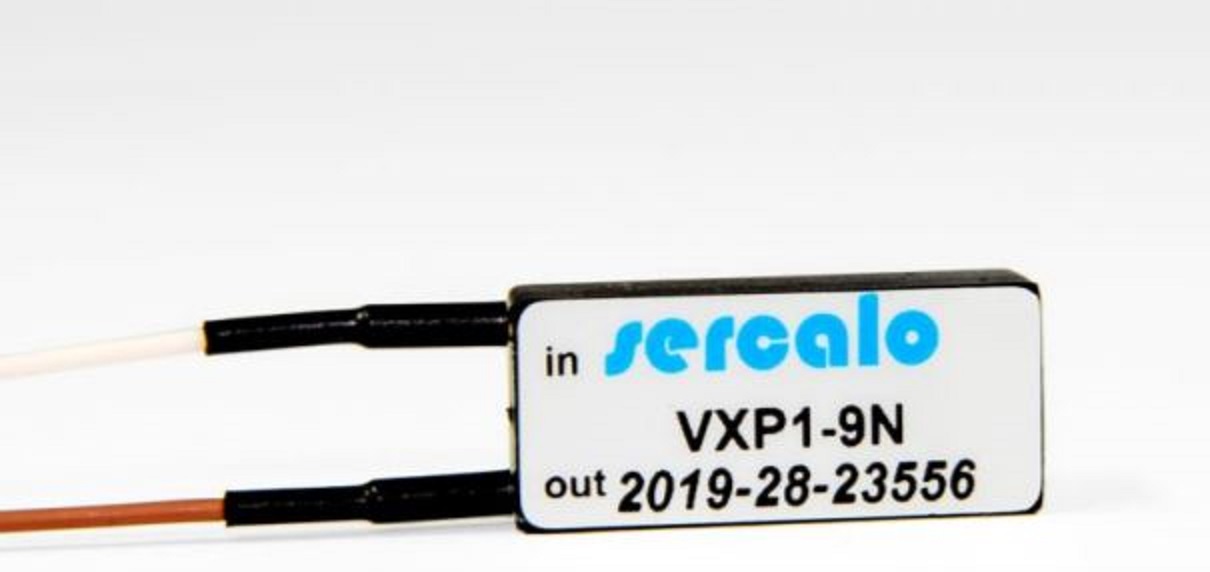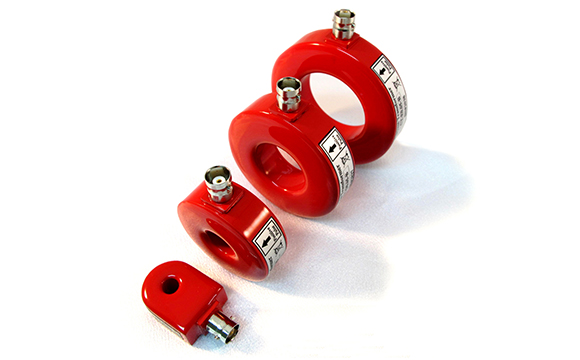Product information "MPC Polarization Controller"
1260-1650 nm; IL 0.05 dB; PMD 0.05 ps; AL <0.01, <0.05 dB; RL >65 dB; Max. Rise & Fall Time 30 µs
General Photonics’ MPC all fiber polarization controller module is packaged in a low-profile, 16 mm high enclosure, suitable for system integration and mounting on a PCB. The module’s low height is especially advantageous for integration in test equipment, fiber sensors, fiber lasers and optical network modules.
Available with three (-3x) and four channels (-4x), the MPC polarization controller module features an all-fiber design with inherently low loss, minimal activation loss and minimal back reflection. A special athermal design leads to stable operation over a wide range of temperatures (-25 to +80 °C).
Combined with General Photonics’ miniature piezo driver card, it can be controlled either by a digital or analog signal to obtain any desired polarization output from an arbitrary input polarization state.
Key Features:
- OEM Packaging
- All-fiber Design
- Low Intrinsic Insertion Loss: 0.05 dB
- Low Back Reflection – Return Loss: >65 dB
- Fast Response – Maximum Rise and Fall Time: 30 µs
- Operating Wavelength Range: 1260 to 1650 nm
- Maximum Activation Loss (AL): 0.01, 0.05 dB
- Polarization Mode Dispersion (PMD): 0.05 ps
- Compact Size – Dimensions: 65.5/83 x 20.3 x 16 mm
Applications: Polarization Stabilization; Compensate PMD in Fiber Sensing Systems; Polarization Demultiplexing; Fiber Sensor; Fiber Laser; Testing Equipment






